Bipolaronic superconductivity is an exotic pairing mechanism proposed for materials like BKBO; however, conclusive experimental evidence for a (bi)polaron metallic state in this material remains elusive.
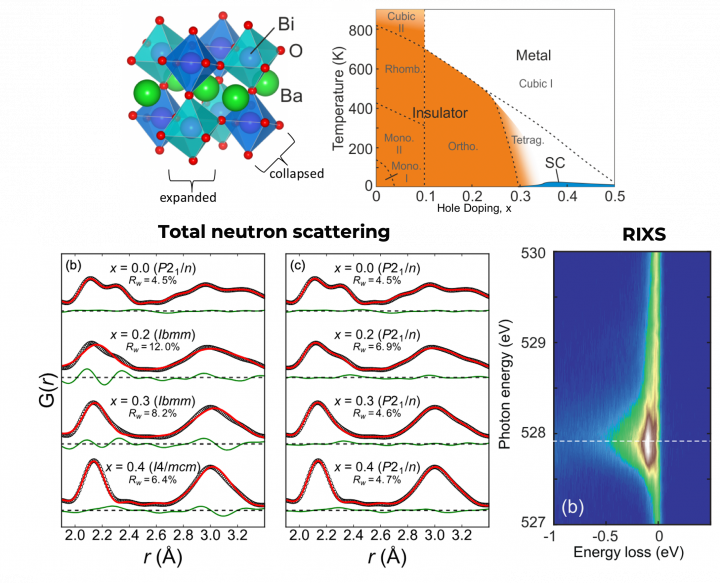
Bipolaronic superconductivity is an exotic pairing mechanism proposed for materials like BKBO; however, conclusive experimental evidence for a (bi)polaron metallic state in this material remains elusive.
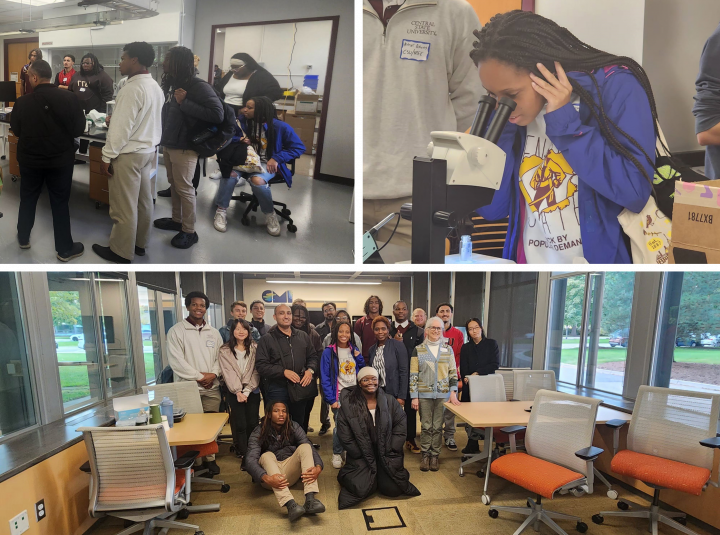
We expanded our formal interactions with faculty and students at Central State University (CSU), the only public HBCU in Ohio.
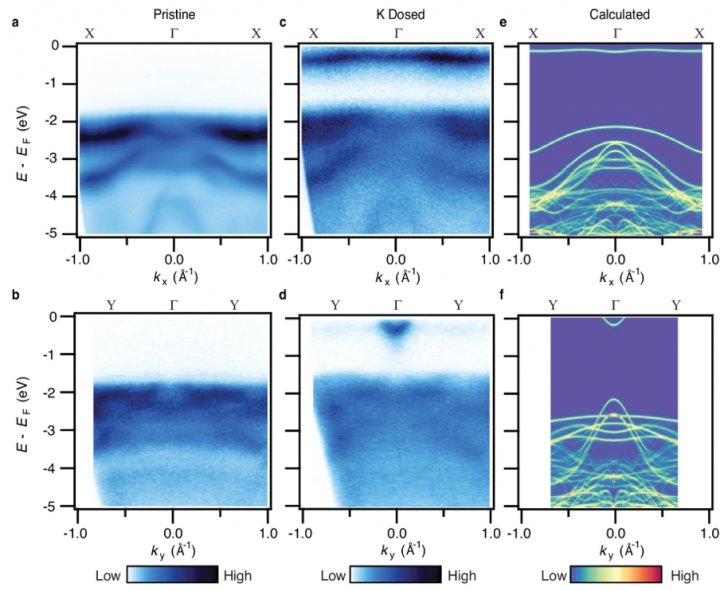
Excitons, bound electron-hole pairs, influence the optical properties in strongly interacting solid-state systems and are typically most stable and pronounced in monolayer materials. Bulk systems with large exciton binding energies, on the other hand, are rare and the mechanisms driving their stability are still relatively unexplored. Here, we report an exceptionally large exciton binding energy in single crystals of the bulk van der Waals antiferromagnet CrSBr.
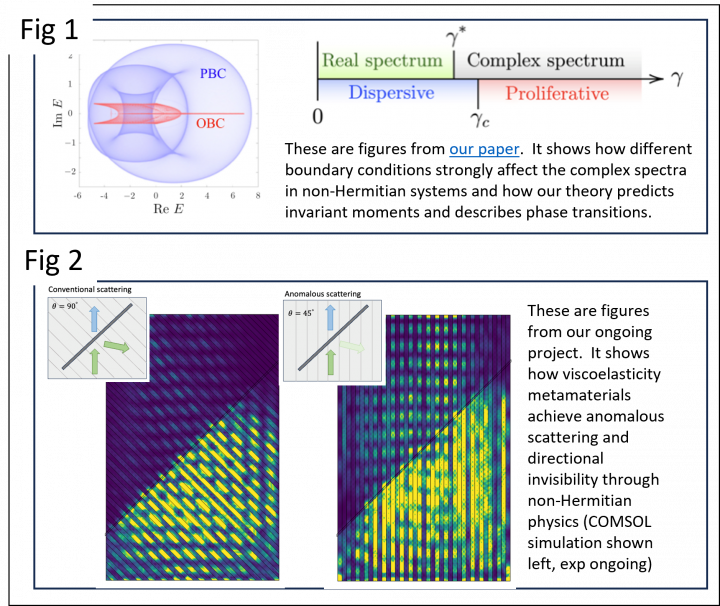
In the past year, our work has been focusing on developing mechanical metamaterials where viscoelasticity is used to achieve unusual dynamical properties.
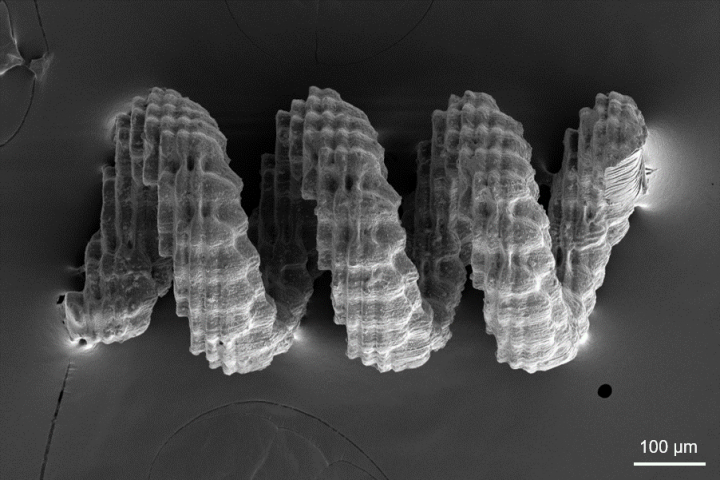
Magnetic microrobots are attractive tools for operation in confined spaces. Many of these microrobots are typically fabricated with dispersed nanoparticles or deposited coatings that present homogeneity and conformality problems. We have developed a solution-based polydopamine (PDA)-assisted electroless deposition (ELD) method to deposit a superparamagnetic thin film on 3D-printed microrobots.

The Center for Advanced Materials and Manufacturing inspired hundreds of high school students during the 2024–2025 school year through lab tours and panel discussions. Over the summer, CAMM expanded its outreach by bringing hands-on STEM workshops directly to younger learners in Knoxville.
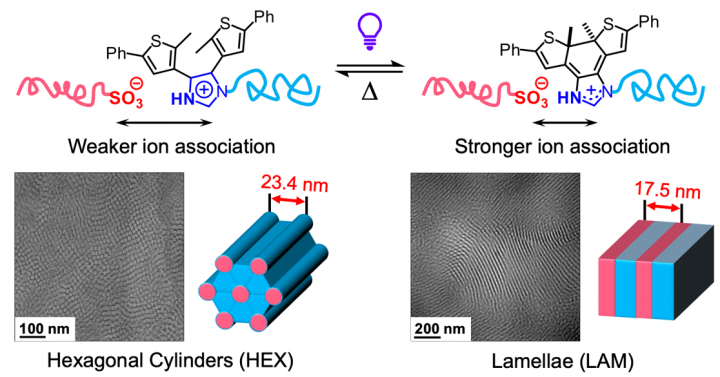
Previously, UC Santa Barbara MRSEC researchers demonstrated that chain-end functionalization of immiscible polystyrene/polydimethylsiloxane (PS/PDMS) blends with oppositely paired acid and base groups forms ionic supramolecular block copolymers, where electrostatically stabilized microdomains prevent macroscopic phase separation.
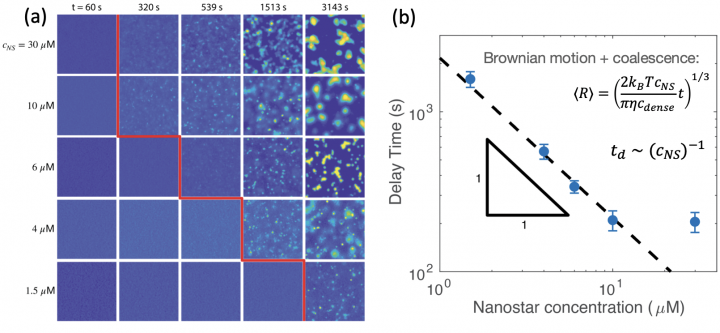
A model phase-separating system of DNA nanostars provides unique access to nucleation physics in a biomolecular context. At low DNA concentrations, highly thermo-responsive DNA hybridization drives phase separation near room temperature.

Penn MRSEC researchers Lee and Patel developed nanoporous films that spontaneously condense water vapor from undersaturated air and release it as collectible droplets at room temperature, requiring no external energy.

Toyota Research Institute of North America, collaborating with MRSEC-supported scientists and facilities have developed a novel [LiCl]/[FeOCl] heterointerface composite material (LFH) that achieves high lithium-ion conductivity from two traditionally non-conductive materials. The unique core-shell structure facilitates interstitial lithium-ion diffusion.